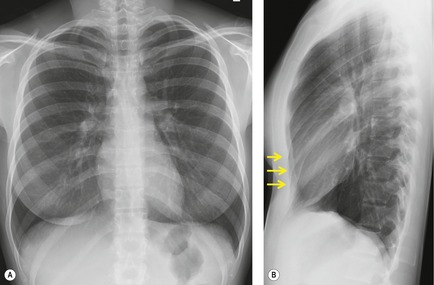
Disease often affects anatomy, and changes in anatomy can cause disease.
But lets start with the normal body. The human body is remarkably well designed.
Most of the body’s organs have a great deal of extra capacity or reserve. This is why they can still function adequately even when damaged.
For example, more than two thirds of the liver must be destroyed before serious consequences occur; and a person can usually live with only one lung, one kidney (1 in 1000 people are born with one kidney and are fine). Other organs are also not vital such as the gall ballder, appendix or spleen.
However, other organs can tolerate little damage before they malfunction and symptoms occur.
For example, if an artery in the brain becomes blocked or ruptures (stroke) and even a small amount of tissue in a vital part of the brain is destroyed, a person may be unable to speak, move a limb, or maintain balance.
If a heart attack destroys a small amount of tissue in the part of the heart that creates or carries the signals to beat, the heart rate may become dangerously slow and the person may even die.
Trauma to the skin may damage its ability to act as a barrier, which may lead to infection. Abnormal growths, such as cancer, can directly destroy normal tissue or produce pressure that ultimately destroys it.
Because of the relationship between disease and anatomy, methods of seeing into the body have become a mainstay in the diagnosis and treatment of disease.
The first breakthrough came with x-rays, which enabled doctors to see into the body and examine internal structures without surgery.

This is a normal chest x-ray (CXR). It is a PA and lateral chest x-ray of a healthy woman. Note mild pectus excavatum on the lateral image (arrows).
Another major advance was computed tomography (CT), which combines x-rays and computers. A CT scan produces detailed cross-sectional (two-dimensional) images of the body’s interior.
Other methods of producing images of internal structures include: ultrasound, which uses sound waves; magnetic resonance imaging (MRI), which uses the movement of atoms in a magnetic field; and nuclear medicine scans, which use radioactive chemicals injected into the body.
These are non-invasive ways to see into the body, in contrast to surgery, which is an invasive procedure.